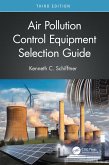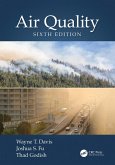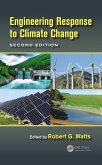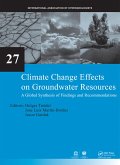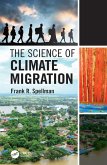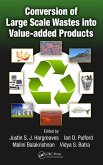The editors set the stage by discussing the separate issues of the emissions of radiatively important atmospheric constituents, energy demand, energy supply, agriculture, water resources, coastal hazards, adaption strategies, and geo-engineering. They explain the difference between the natural and human drivers of climate change and describe how humans have influenced the global climate during past decades. Each chapter concludes with discussion questions, calculations, and possible research topics.
See What's in the Second Edition:
- New conceptual tools and research necessary for problems associated with fossil fuels
- Cutting-edge topics such as adaption and geo-engineering
- The latest concerns such as acidification of the ocean, energy efficiency, transportation, and space solar power
- Solutions to problems caused by changes in the Earth's climate
So much has changed in the 15 years since the publication of the first edition, that this is, in effect, a completely new book. However, the general theme is the same: the climate energy problem has become largely an engineering problem. With this in mind, the book explores what engineers can do to prevent, mitigate, or adapt to climate change.
Dieser Download kann aus rechtlichen Gründen nur mit Rechnungsadresse in A, B, BG, CY, CZ, D, DK, EW, E, FIN, F, GR, HR, H, IRL, I, LT, L, LR, M, NL, PL, P, R, S, SLO, SK ausgeliefert werden.




